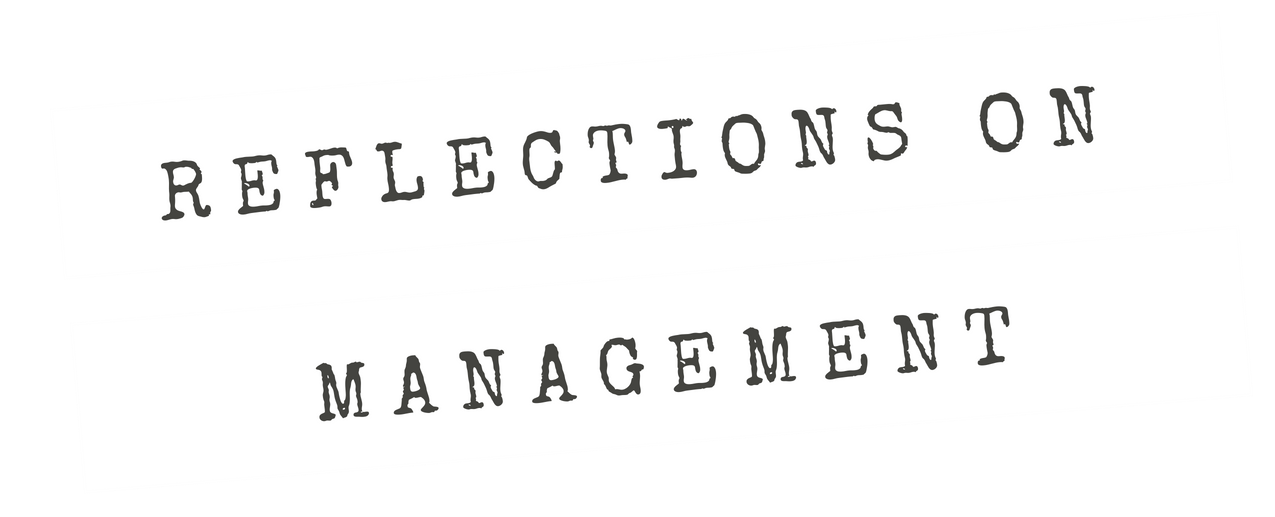if they’re looking for something to help them describe and explain a phenomenon, but everything in the archive is geared towards telling them how to make decisions or how to take action, [then] they’re not going to be satisfied
Season 7, Episode 4 — Click here to download the transcript
How does one tell the difference between information meant for beginners versus information meant for experts? The short answer is the level of abstraction. Regardless of the domain, what is meant for beginners tends to be more detailed or more prescribed than what is meant for experts, and then there are the gradations in-between – what one would consider appropriate for intermediate members, those who competence has matured from entry-level. But in practice, if you don’t know who is the source of a bit of knowledge, it is not always easy to tell what is meant for beginner’s use versus what is reserved for experts.
Moreover, the purpose of the information may differ from what the user is looking for. Here’s an example — change management models. Some models, like Weisbord’s six-box model, are designed to help people sort out the mess of data they are dealing with. Others, like Kotter’s eight steps of leading change, are designed to help people figure out what to do. Each is geared toward more beginner-level change agents because they are more prescriptive and general purpose. The levels of abstraction are lower, and those with experience in managing change will be postured to develop their own rules of thumb and so on. Now, the tendency for novice change agents is to think more in terms of Weisbord vs. Kotter, rather than Weisbord and Kotter, because it does not immediately make sense to exercise multiple models. It can be overwhelming to novices.
What I found is that these practical models serve one or more of four distinct purposes — they help someone describe something, explain (in other words, interpret) something, decide what to do, or act. Weisbord satisfies describe and explain — you sort the data into the six boxes and run through a cycle of interpretation to render a diagnosis. Kotter provides decide and act — helping one take the diagnosis and run with it.
So what I propose in this episode is a framework whereby I divide models into a 4×4 matrix based on their levels of abstraction, which I mark as “100-level” for beginners to “400-level” for experts, against the purpose for which they serve to organize information, which I identify as describe, explain, decide, and act. The 4×4 matrix is downloadable here, or you can look at the graphic below:


